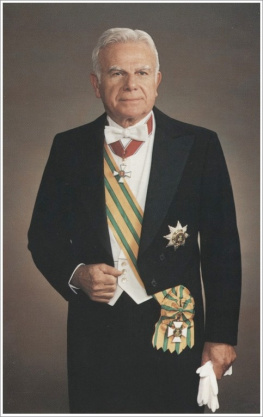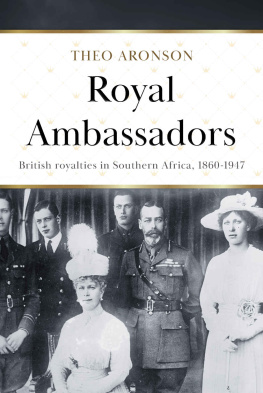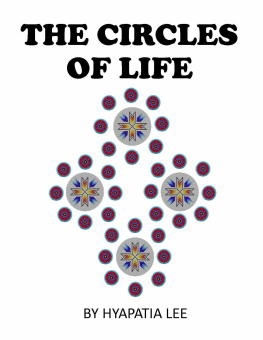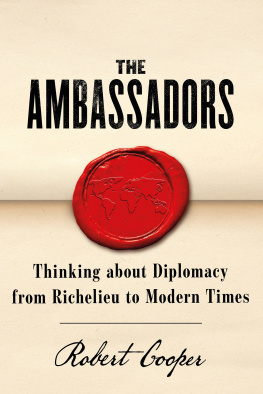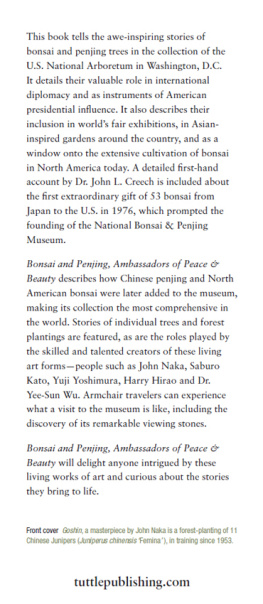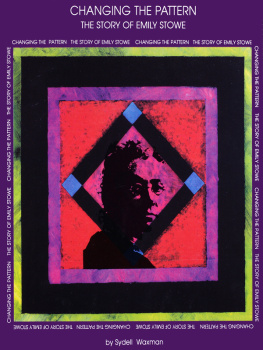Foreword
May 31, 1982. A beautiful day in Western Europe! My wife and two daughters are seated with me among the dignitaries attending Memorial Day ceremonies at the American Military cemetery in the picturesque village of Hamm, Luxembourg.
Behind us stretch the rows and columns of 5,074 white marble crosses and Stars of David marking the graves of American World War II dead. Among them the grave of General George S. Patton, Jr., is distinguished from the others only by its solitary place in the cemetery's first row. A gentle breeze ruffles the small flagsAmerican Stars and Stripes and Luxembourg tricolorplaced before each marker.
Before us stands the memorial shrine. Against a clear sky, its brilliant white and burnished bronze are dazzling in the morning sun. Lest the acres of graves be an inadequate reminder, one of the shrine's walls bears the inscription:
1941-1945
IN PROUD REMEMBRANCE
OF THE ACHIEVEMENTS OF HER SONS
AND IN HUMBLE TRIBUTE
TO THEIR SACRIFICES
THIS MEMORIAL HAS BEEN ERECTED BY
THE UNITED STATES OF AMERICA
But the people of Luxembourg need no reminders. Row upon row of folding chairs are occupied by citizens and officials of the Grand Duchy. All are here to commemorate the American liberation of their tiny country from the Nazi scourge.
On the plaza to the right of the chapel's entrance, beneath a blue and gold canopy, sit the participants in the day's proceedings. Among them are the Grand Duke and Grand Duchess of Luxembourg, the prime minister, the American ambassador, and a four-star general of the United States Air Force.
More than three dozen floral wreaths, each sponsored by a private, civic, or government organization, have been formally presented. With military precision each has been laid along the broad, terraced walkway leading to the shrine's entrance.
An expectant hush falls over the crowd. Even the breeze is still. The quiet is shattered by the thunderous roar of four U.S. Air Force F-15 fighters streaking, in tight formation, over the trees which guard the perimeter of the cemetery. With the scream of turbines pushed to full throttle one of the planes accelerates, negotiates a vertical climb, and disappears into the cloudless sky over Luxembourg. The three remaining jets continue in the broken-chevron, "missing flyer" formation.
We on the ground are deeply moved. Unexpectedly, this traditional flyers' tribute to their countrymen lost in battle has stripped us of the insulating mantle of time and insular concerns. Suddenly the emotions of World War II are thrust upon us. We are overwhelmed by the horrors, waste, and sacrifices of war. We grieve. We remember valor and heroism. We are proud. We exult in the triumph of a free people over their oppressors. We are thankful.
The jets' thunder fades. A bugler solemnly ascends the chapel's steps. He sounds taps. Hidden in the distant woods, a second trumpeter echoes the haunting melody.
At the podium the deputy chief of mission of the American embassy introduces the next speaker: "I now present his Excellency, the Ambassador of the United States of America, the Honorable John E. Dolibois.... "
My father steps to the microphone (despite the intimidating title, to me he's still just "Dad"). Obviously moved, he begins his first Memorial Day address as an American ambassador.
As Dad opens with formal greetings, I am proud to be in the audience. I sense that this place, this ceremony, and my father's role symbolize completion of another circuit of his lifea life characterized by multiple, interlocking circles. Many of the intersections among those circles are represented by nearby sites.
Less than two miles from the podium from which Dad speaks stands the house in which he was born on December 4, 1918. A corner of this now sacred cemetery was once a soccer field on which he played as a boy.
One hundred yards from the lectern is the grave of General George S. Patton, Jr.my father's wartime hero. It was from General Patton Dad received his army commission as a second lieutenant. Months later, under Patton's command, Dad would play a role in rescuing the famous Lipizzaner horses from Czechoslovakiaan adventure which, years later, would result in Dad's being honored by the Spanish Riding School in Vienna, and which Walt Disney would immortalize on film.
In December, 1945, Dad attended another ceremony at this same cemetery, General Patton's burial services.
A leisurely hour's drive from Hamm is the resort spa, Mondorf. It was there that the highest-ranking Nazis were interned after World War II as they awaited trial in Nuremberg. Lieutenant John E. Dolibois of U.S. Military Intelligence, native of Luxembourg, fluent in German, was their interrogator. During his many months in Mondorf, Dad maintained a diary; he compiled a scrapbook; he collected memorabilia. Often dismayed by those who would deny Hitler's Holocaust, Dad has frequently pledged to someday publicize his unique, firsthand impressions.
In the heart of nearby Luxembourg City is the Miami University European Center , a reminder of Dad's commitment to international education and a symbol of his thirty-four years on the staff of his alma mater in Oxford, Ohio. He began his years with Miami in 1947 as the university's first full-time alumni secretary. He went on to become vice president of Miami University and its chief development officer. As a result of his innovative fund-raising, scholarship, and building programs, Miami's development effort became a yardstick by which many other public institutions of higher education in the United States measured themselves. Several buildings on Miami's main campus, numerous research and educational grants, various endowed professorships, and many student scholarships owe their existence to Dad's tireless service to Miami Universitynow highly regarded among the "public ivys."
Presidents Richard Nixon and Gerald Ford consecutively appointed Dad to the prestigious Board of Foreign Scholarships which administers the Fulbright Cultural and Educational Exchange Program. He became the panel's senior member and a leader in international educational exchange. Accordingly, he was instrumental in establishing Miami's Center in Luxembourg.
Already considering early retirement from Miami in 1981, Dad and Mom were vacationing in Europe when the White House tracked them down and President Ronald Reagan requested Dad's services as United States ambassador to his native land of Luxembourg. Never before in American history had a naturalized American returned to the land of his birth in such a capacity. Dad said, "Yes.... "
With the triple retorts of a twenty-one-gun salute the 1982 Memorial Day ceremonies in Luxembourg are winding down. The American ambassador has concluded his brief remarks with the words: ''Join with me in renewing our pledge to keep our two nations united, free, and at peace. There can be no better way of honoring our military heroes, both living and dead."
During the remaining three and one-half years of my father's tenure as United States ambassador to the Grand Duchy of Luxembourg he would approach his duties with the same tenacity, creativity, indefatigability, and loyalty which characterized his successes in the Boy Scouts during his "Americanization," his military service in the United States Army, and his many years at Miami University.
There would be formal visits to Luxembourg by high-ranking American officials. Never before had so many of such stature visited "little" Luxembourg. With Dad and Mom as host and hostess, Luxembourg's royal familythe Grand Duke and Grand Duchesswould visit the United States and be received at the White House during a formal State Visit, a first-time-ever event for them. In Luxembourg Dad and Mom would attend two royal weddings, a royal funeral, and meet the Pope during his State Visit to Luxembourg. These were but "bonuses" on the busy daily calendar of a full-time, working ambassador.

